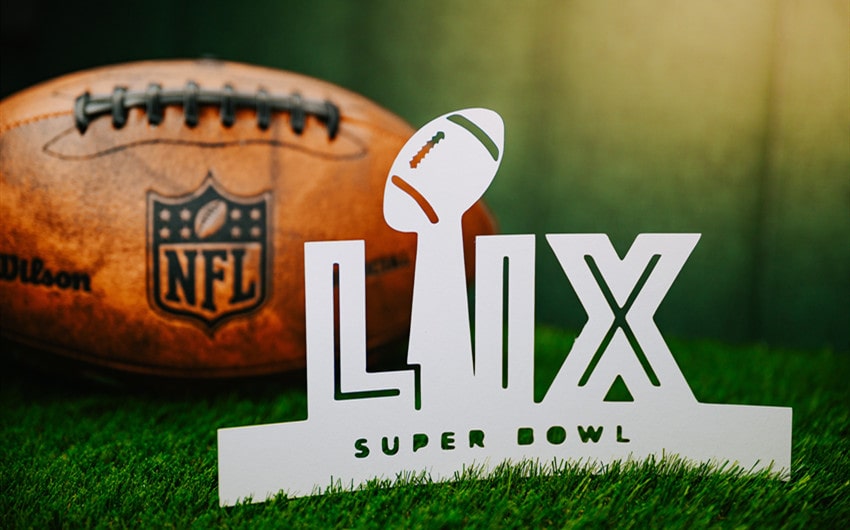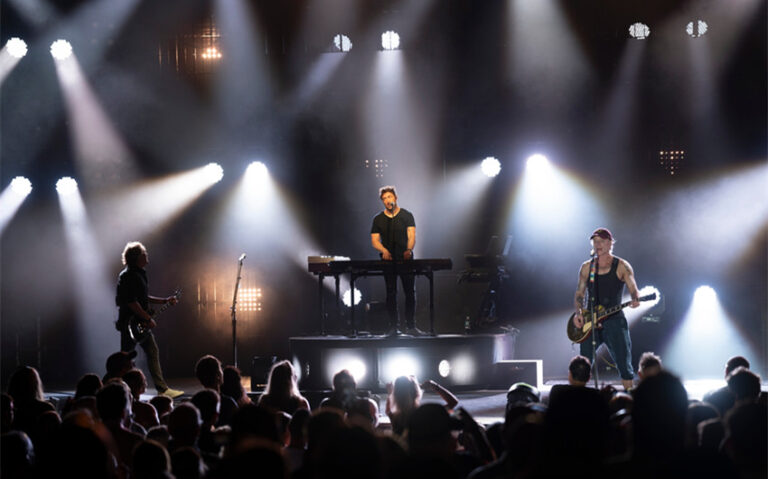Why Are Super Bowl Tickets So Expensive (And Still Sell Out?)
I’ve never been to a Super Bowl. I’ve thought about it, sure. Then I see the ticket prices, and suddenly I’m very comfortable watching it from my couch with dip-stained sweatpants and a questionable microwave burrito. Still, I can’t help wondering—why are Super Bowl tickets so expensive? Like, thousands-of-dollars expensive? And more confusingly, why do people keep buying them?
Sticker Shock, Sports Edition
Every year, the Super Bowl rolls around, and every year I make the same mistake—I check the ticket prices out of curiosity, and then I recoil like I’ve just looked directly into the sun. In 2024, the average resale price hovered around $9,800. Some seats—especially the lower bowl or 50-yard line views—can go well above $30,000. And that’s not even VIP. That’s just regular expensive.
It’s not like you’re getting free snacks or an exclusive meet-and-greet with Tom Brady for that price. In fact, the basic ticket might only guarantee you a metal bleacher seat in a nosebleed section. But the demand? Still through the roof. That’s when I realized this wasn’t just a markup by shady resellers—these prices are baked into the DNA of the event. It’s not simply a football game; it’s a bucket list item, a status symbol, and a high-end social experience rolled into one.
Compare it to other major sporting events—NBA Finals games, the World Series, even the Olympics—and the Super Bowl still blows them out of the water. That kind of consistent outlier pricing says less about supply chains and more about the psychology of sports obsession in America. We don’t just love football—we revere it. And reverence, apparently, has a steep price.
There’s Only One Super Bowl
The most obvious answer is also the most compelling: there’s only one Super Bowl. In a world of remakes, reboots, and recurring seasons, the Super Bowl is a one-night-only, live-event unicorn. No reruns. No do-overs. No second chances. It’s the final game, the peak of the season, the single biggest sporting event in the United States—and arguably one of the biggest in the world.
Unlike the World Series or the NBA Finals, which stretch over multiple games, the Super Bowl is a winner-takes-all showdown. That structure adds intensity. You can’t say “oh, we’ll catch game three.” There is no game three. There’s one shot to witness the climax of months of build-up, strategy, injuries, rivalries, and emotional investment. That scarcity heightens the stakes and the emotional pull.
And because it’s such a singular event, the anticipation isn’t just localized to the fans of the two teams playing—it’s national, even global. It becomes a shared cultural moment, like a royal wedding or the Oscars, except with more nachos and yelling. The sheer reach of the game gives it an unparalleled significance, which directly translates into ticket demand. Everyone wants to be there because there’s no other there like it.
The Spectacle Economy
The Super Bowl isn’t just a football game—it’s a spectacle. A halftime show with A-list celebrities. Commercials that cost millions of dollars per 30 seconds. Celebrities in the stands. Pre-game concerts. Post-game fireworks. It’s not sports, it’s pageantry. And people are paying for the experience of being in that moment, not just for the right to watch 60 minutes of game clock tick by.
Every part of the Super Bowl is engineered to be bigger, glossier, and more extravagant than anything else in the sports world. From the military flyovers to the halftime performers rehearsing for weeks, the production value rivals that of global concerts and award shows. And with that high production comes the high price of admission. You’re not just paying to see a game—you’re paying to be inside a highly choreographed cultural machine.
For many attendees, the game itself is only part of the draw. It’s the parties, the celebrity sightings, the Instagrammable moments, and the sheer bragging rights that come from attending the biggest single-day sporting event on the planet. In an era where “experience” is often valued more than physical things, the Super Bowl becomes a premium product in the business of spectacle.
Corporate Invasion
Here’s something I didn’t realize until I started digging: a huge chunk of Super Bowl tickets never even reach public sale. They’re scooped up by sponsors, corporate partners, media networks, and VIPs. Major brands spend tens of millions on Super Bowl ad spots, and tickets are bundled into those deals like luxury perks. It’s less “ticket sales” and more “high-stakes networking package.”
Imagine being a CEO with a Super Bowl suite. It’s not just a place to watch the game—it’s where you close deals, cement partnerships, and entertain high-value clients. In that world, a six-figure suite isn’t a splurge—it’s a business expense. And while corporations are playing at that level, the ripple effect inflates the rest of the ticket market. Regular seats go up in value simply because the VIPs have raised the bar for what a Super Bowl experience looks like.
This corporate presence also changes the vibe of the event. It’s not just a gathering of diehard fans—it’s a playground for the ultra-wealthy and well-connected. Which means if you’re just a regular person hoping to attend, you’re now competing with wallets that have absolutely no problem dropping ten grand on a few hours of entertainment. The exclusivity becomes part of the appeal—and the barrier.
The FOMO Factor
This part is psychological. The Super Bowl is built on hype. For weeks leading up to it, every ad, every segment, every headline reminds you this is a moment. The idea that you could be there, that you could be part of history—it digs into your brain. It whispers, \”Wouldn’t that be epic?\”
Fear of missing out isn’t just a trendy acronym—it’s a deeply human impulse. And the NFL knows how to tap into it. They create storylines, they amplify drama, they tease surprise guests and iconic performances. It’s designed to feel like the most important thing happening on earth that weekend—and missing it in person almost feels like missing a cultural rite of passage.
Even fans of teams not playing in the Super Bowl feel that pull. The event is that big. For the ones whose teams are playing? Forget it. Rational spending disappears. I’ve seen people take out loans, sell collectibles, or drain savings just to say they were there. Because you never know when your team will make it back—or if you’ll even be around to see it. The price becomes secondary to the story you get to tell for the rest of your life.
Final Thoughts from the Couch
So yeah, Super Bowl tickets are expensive. Ridiculously, unapologetically, heartburn-inducingly expensive. But they’re also rare, culturally loaded, and in brutally short supply. It’s the kind of purchase that’s driven less by practicality and more by passion, pride, and the irresistible gravity of a once-a-year phenomenon.
And while I’ll probably keep watching from home, surrounded by snacks and yelling at the TV like I’m the defensive coordinator, I get it now. The people who spend thousands aren’t just buying seats—they’re buying a place inside a living myth. A memory. A moment.
Will I ever go? Maybe. If I win the lottery. Or start a wildly successful snack food empire. Until then, I’ll be on the couch with my microwave burrito, yelling at the screen and loving every second—for free. Mostly.






